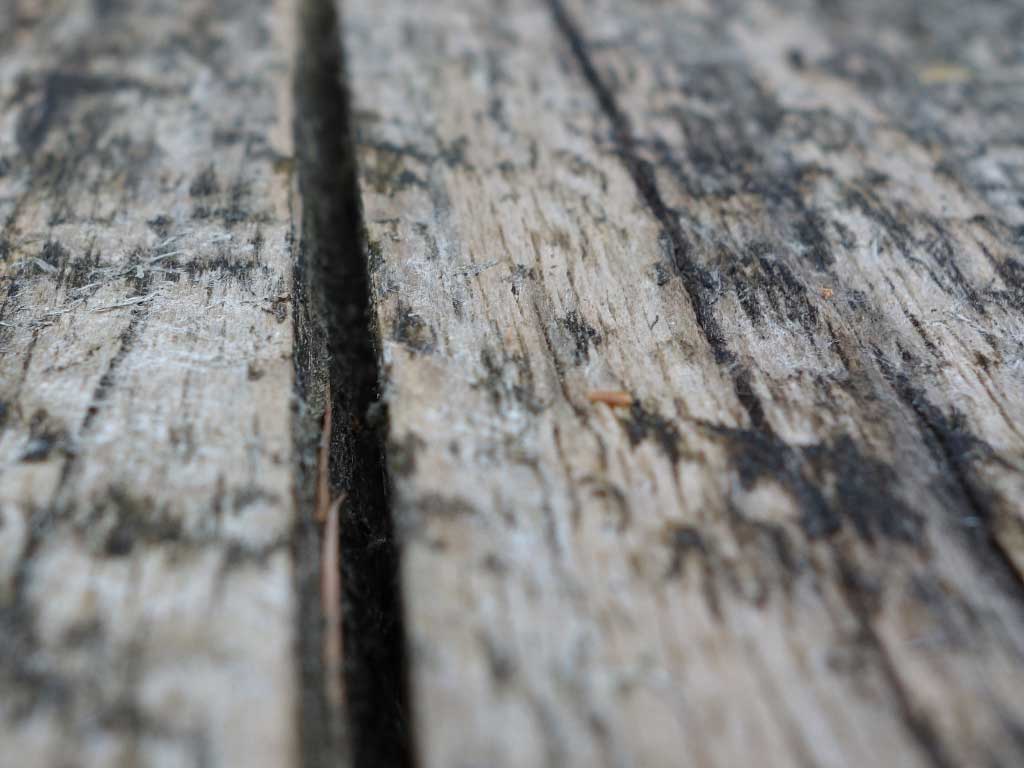Table of Contents
- Understanding the Causes of Damp
- Improving Ventilation
- Addressing Leaks and Seal Gaps
- Insulating Your Cabin
- Using a Dehumidifier
- Keeping Your Cabin Clean
- Preventing Damp in Your Log Cabin
Prevent Damp in Your Log Cabin – Residential cabins can be a great addition to any home, but they need proper maintenance to prevent issues such as damp and mold. Neglecting to maintain the cabin can lead to damage and a potentially unhealthy living environment. It’s important to take proactive steps to prevent these issues from occurring. In this article, we will discuss several effective methods for preventing damp in your log cabin, including understanding the causes, improving ventilation, addressing leaks and gaps, insulating, using a dehumidifier, and keeping your cabin clean.
Prevent Damp in Your Log Cabin – Understanding the Causes of Damp
The first step in preventing damp in a residential log cabin is to understand the causes. Damp can be caused by a variety of factors, including poor ventilation, leaks, and lack of insulation. Poor ventilation can occur when there is not enough airflow in your cabin, which can cause moisture to build up, leading to damp and mould. Leaks can also contribute to damp, as water can seep into your cabin and cause damage. Gaps around windows and doors can also allow damp air to enter your cabin. It is essential to identify the specific cause of damp in your log cabin in order to effectively prevent it.
Improving Ventilation
Proper ventilation is crucial in preventing damp in your log cabin. This can be achieved by installing ventilation fans in high moisture areas, such as bathrooms and kitchens, and by ensuring that there are adequate air vents throughout the cabin. Additionally, keeping windows open, when possible, can also help to improve ventilation. Make sure that the ventilation fans are working correctly and that the air vents are not blocked by dust or debris.
Addressing Leaks and Seal Gaps
Leaks and gaps in your log cabin can also contribute to damp. It is important to regularly inspect your cabin for leaks, and to address them as soon as they are found. This can be done by checking the roof, walls, and floor for any signs of water damage. You should also seal any gaps, particularly around windows and doors, to prevent damp from entering the cabin. Use a high-quality sealant that is specifically designed for log cabins.

Insulating Your Cabin
Insulation is also an essential factor in preventing damp in your log cabin. Insulation helps to keep the heat inside the cabin, which can prevent condensation from forming on the walls and ceilings. It is important to ensure that your cabin is properly insulated, particularly in areas that are prone to damp. Make sure that the insulation is installed correctly and that there are no gaps or holes that can allow damp air to enter your cabin.
Prevent Damp in Your Log Cabin – Using a Dehumidifier
Using a dehumidifier can also help to prevent damp in your garden room log cabin. Dehumidifiers work by removing excess moisture from the air, which can help to prevent mold and mildew from forming. It is important to choose a dehumidifier that is the right size for your cabin, and to regularly empty the water tank. Make sure that the dehumidifier is placed in an area of your cabin that has the highest humidity, such as the bathroom or kitchen.
Keeping Your Cabin Clean
Regular cleaning is also crucial in preventing damp in your log cabin. Dust and dirt can accumulate on surfaces, which can contribute to damp and mould. It is essential to regularly clean your cabin, particularly in high moisture areas, to prevent damp from forming. Make sure to dust and wipe down surfaces, and vacuum or mop the floors. Cleaning your cabin regularly will not only help to prevent damp but also make it more pleasant to live in.
Preventing damp in your log cabin
Preventing damp in your log cabin is crucial in order to maintain the structural integrity of your cabin and create a healthy living environment. By understanding the causes of damp, improving ventilation, addressing leaks and gaps, insulating your cabin, using a dehumidifier, and keeping your cabin clean, you can effectively prevent damp in your log cabin.
It is essential to take a proactive approach to preventing damp in your log cabin. Regularly inspecting your cabin for potential causes of damp, such as leaks and poor ventilation, can help you to identify and address any issues before they become a problem. Additionally, insulating your cabin, using a dehumidifier, and keeping it clean can also help to prevent damp from occurring.
In summary, preventing damp in your log cabin requires a combination of understanding the causes, proper maintenance, and regular cleaning. By following the tips outlined in this article, you can effectively prevent damp in your log cabin, ensuring a safe and comfortable living space for years to come. ( For more info on: Log Cabin Insurance )
Related searches: log cabin ventilation, do you need to insulate a 44mm log cabin, how to insulate a log cabin, insulating log cabin roof inside, how to prevent damp in a log cabin, log cabin insulation kit, insulate log cabin walls, log cabin humidifier
Ever wondered which Log Cabin Company offers Log Cabins with No Lead Time….Check out our latest blog post for details.



Leave A Comment